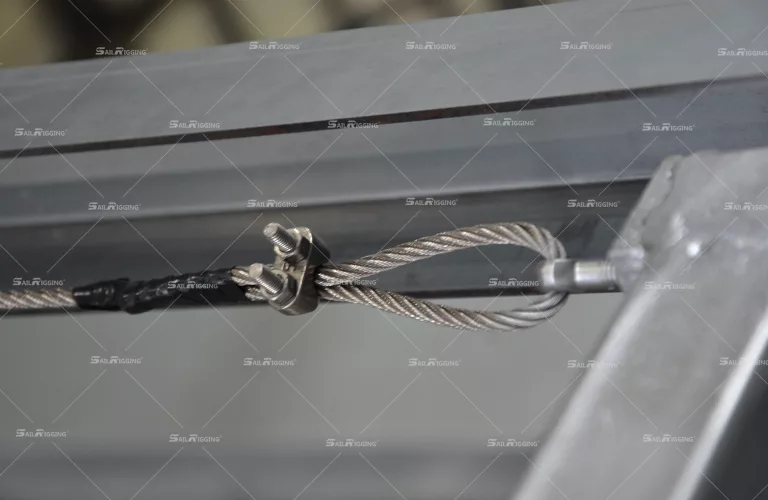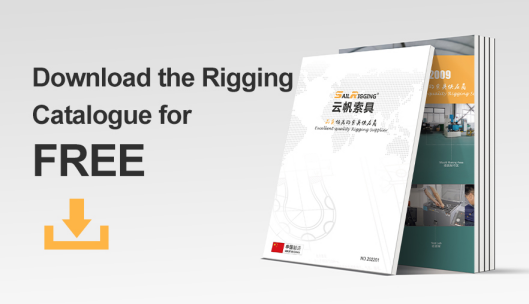Wire rope clips play a crucial role in securing wire ropes for various applications, from rigging to lifting operations. Proper installation and maintenance of these clips are vital to ensuring safety and efficiency in heavy-duty tasks. This article explores the importance of torque testing for wire rope clips, detailing their function, types, and the significance of adhering to torque standards.
1. What Do Wire Rope Clips Do?
Wire rope clips, also known as wire rope clamps, are used to create a loop at the end of a wire rope. They are essential for securing the rope and preventing slippage, particularly in applications involving lifting and rigging. Common types of wire rope clips include:
- Standard U-Bolt Clips: Most commonly used, these consist of a U-shaped bolt, a saddle, and two nuts. such as DIN741 wire rope clips, DIN1142 wire rope clips, US drop forged wire rope clips, etc.
- Double Saddle Clips: Known as fist grip clips, Designed for extra security, these feature two saddles and four nuts, providing increased load distribution.
- Swage Clips: Permanently attached to the wire rope using a swaging process, offering a more robust solution for critical applications.
2. The Importance of Torque Standards
Adhering to torque standards when installing wire rope clips is essential for ensuring the integrity and safety of the connection. Insufficient torque can lead to slippage or failure of the clip, while excessive torque can damage the wire rope or the clip itself. Proper torque application ensures optimal performance and longevity of the equipment.
3. What Are Torque Standards?
Torque standards refer to the recommended torque settings for fastening components, often specified by manufacturers or industry guidelines. These standards help ensure that wire rope clips are installed with the appropriate amount of force, maximizing safety and performance. Following these standards reduces the risk of accidents and equipment failure in demanding environments.
4. How to Conduct Torque Standards
Conducting torque standards involves the following steps:
- Select the Right Tools: Use a calibrated torque wrench suitable for the specific size of the wire rope clip.
- Refer to Manufacturer Guidelines: Check the manufacturer’s specifications for the recommended torque settings.
- Apply Torque Gradually: Tighten the nuts gradually, alternating between them to evenly distribute pressure and achieve the desired torque.
- Verify Torque: After installation, double-check the torque setting to ensure compliance with standards.
Conclusion
Torque testing is a critical step in the installation of wire rope clips, directly impacting safety and performance. By understanding the function of wire rope clips, adhering to torque standards, and properly conducting torque tests, users can ensure the reliability and longevity of their rigging and lifting operations. If you have any question about wire rope clips/ clamps/ grips, don’t hesitate to consult Sail Rigging.





